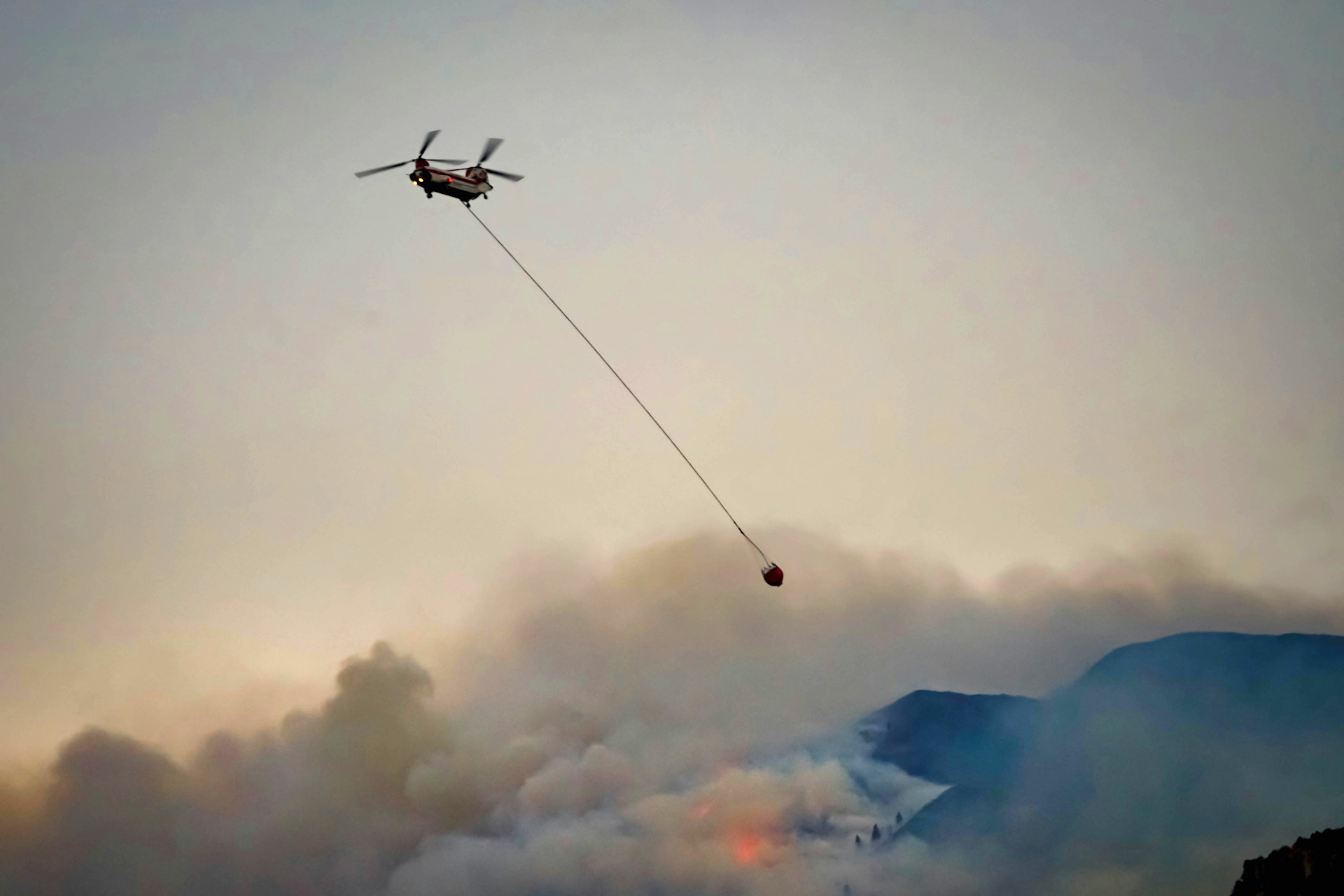Author: MET Press Office UK
Sun 20 Oct 2024
A new international study has revealed climate change is contributing to an increase in wildfires worldwide, despite human interventions trying to temper this trend.
The study - led by a team of scientists from the Met Office and Vrije Universiteit Brussel (VUB) -compares wildfire models with and without the effects of climate change. It shows that in many regions the frequency and intensity of wildfires is increasing, especially in sensitive ecosystems such as the African savannas, and parts of Australia and Siberia.
The research – published today in Nature Climate Change - uses advanced climate models and wildfire models to simulate the impact of climate change on wildfires.
Seppe Lampe - climate scientist at the VUB and one of the two lead authors of the study – said: “We quantify, for the first time ever, the amount of burnt area that is directly attributable to climate change. We found there are more fires in many regions due to climate change”. Seppe added: “Although human activities - such as landscape changes and population growth - generally reduce the area burned, the effect of climate change continues to grow.”
However, the study's findings point to large regional differences. In Africa, where up to 70% of the global burnt area is located, a marked decline in wildfires is observed, particularly in savannahs.
This is mainly due to the increase in human activity in the region and changes in land use. Dr Chantelle Burton, a wildfire expert at the UK Met Office and one of the study's two lead authors, said: “For example, we see that in some regions the landscape is becoming increasingly fragmented, making it harder for fires to spread. In these areas, direct human interventions in the landscape dominate for now over increasing risks due to climate change.”
Chantelle added: “On the other hand, in forested areas such as California and Siberia, the number of fires is actually increasing, which is linked to longer periods of drought and higher temperatures due to climate change. Especially in regions like Western Siberia and North America, we see a sharp increase in the number of fires.
“These regions have been in the news frequently in recent years because of extreme fires, and our models confirm that this trend bears the mark of climate change.”
Dampening effect
The team used models that take into account various factors such as climate, vegetation, and population density. The researchers stress that while human activities such as fire suppression and landscape management can have a dampening effect, this is often not enough to fully counteract the impact of climate change, especially in years with extreme weather.
Seppe Lampe added: “What is striking is that in periods with low to moderate numbers of fires, direct human interventions have a large effect. However, in periods with many fires, the effect of climate change dominates, meaning that in these cases we lose control.”
The researchers also warn for the future. Professor Wim Thiery, climate scientist at the VUB and co-author of the study, said: “The rate at which the impact of climate change on wildfires is increasing every year.”
The results suggest that if the current trend continues, the area burnt due to climate change will increase significantly in the coming decades.
The study comes at a crucial time as we witness increasingly destructive fire seasons worldwide. It is essential that we not only adapt our policies to better manage fires, but also address underlying causes of climate change.

No comments:
Post a Comment